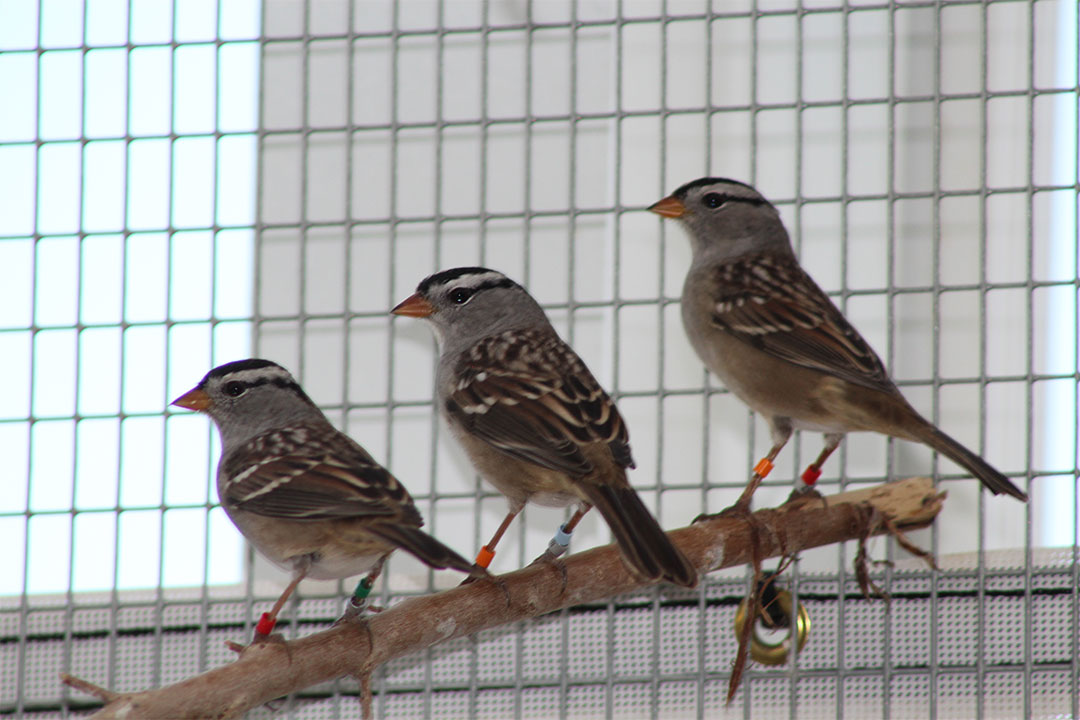
White-crowned sparrows get the worms
A mass of white worms writhe in between the organs of the white-crowned sparrow that our team is dissecting this morning.
By Gwen RoyOur initial shock at seeing the worms turns into concern: almost a third of the birds in our study have already had these worms in their body cavity and air sacs.
We’re all asking the same question: How are these parasites affecting the sparrows’ health?
Our team is the first group to work in the University of Saskatchewan’s new Facility for Applied Avian Research (FAAR), which opened in May 2016. This particular project, led by Christy Morrissey and post-doctoral research fellow Margaret Eng, is investigating the effects of low-dose neonicotinoid and organophosphate insecticides on the migration of white-crowned sparrows.
I was part of their research team for the summer, and now, as their project winds down, I have yet another project—identifying these white worms that have been found in so many of our study’s birds.
In fact, each of the three wild bird species that were housed in the new, high-tech building brought along their own complement of worms, protozoa, feather lice or other parasites.
“Of course we know wild birds often pick up parasites, and we don’t normally treat them before bringing them into captivity,” says Morrissey, an associate professor in the university’s Department of Biology and a faculty member in the U of S School of Environment and Sustainability. She’s also the director of FAAR, which is ideally set up for this type of experiment since its layout minimizes contamination between bird species.
Gwen Roy of Edmonton, Alta., is a third-year veterinary student at the Western College of Veterinary Medicine (WCVM) and a wildlife biologist.

